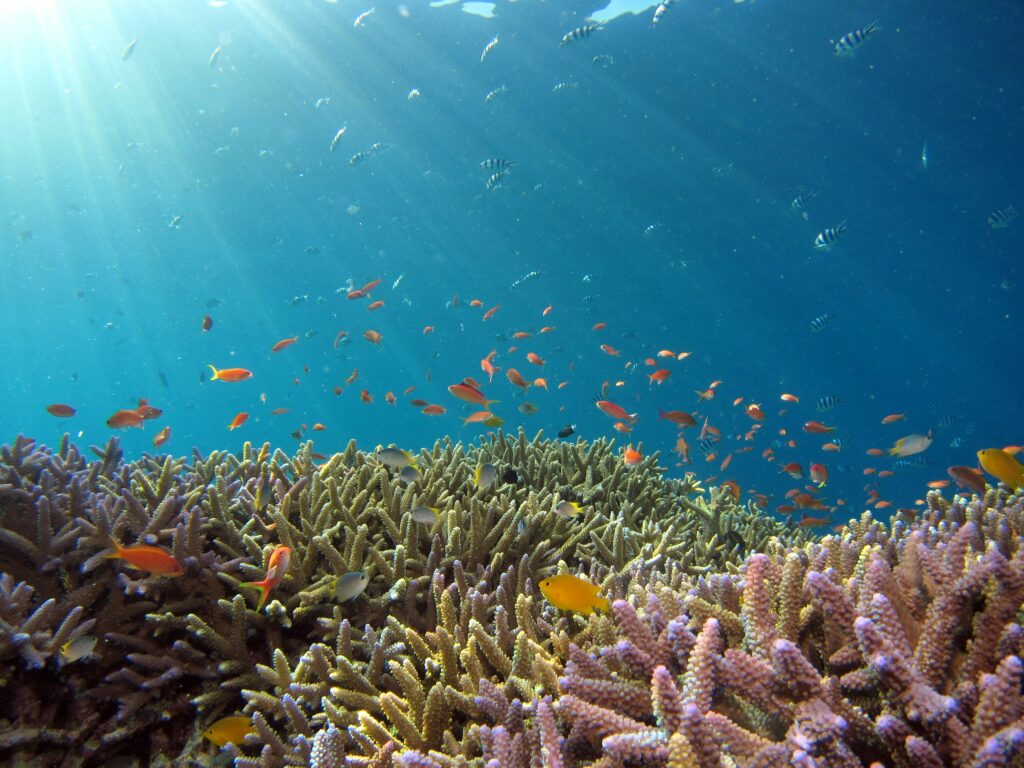A longstanding warning about climate change is that the seas will rise washing away small Eden-like tropical atolls especially in the South Pacific. Yet CO2Science reports on a major new study providing the largest data base yet compiled on the issue, covering 852 islands in 35 atolls. So brace yourself, because climate change has gotten so bad that 89 percent of the islands are stable or… increasing in size. Increasing? Yes, partly because the coral on which the islands sit, an adaptive life form that likes water, grows as the sea rises. And the most stable islands tend to be the largest ones where humans live. Seems the only thing washing away is the myth that rising seas will drown small islands states.
The authors are quoted as saying "over the past decades to century, atoll islands exhibited no widespread sign of physical destabilization by sea-level rise" and "importantly, islands located in ocean regions affected by rapid sea-level rise showed neither contraction nor marked shoreline retreat." Their findings are in line with numerous other studies in recent years that came to the same conclusions.
There are some climate change stories that are actually positive, like planetary greening, where the additional CO2 is good for plants including food crops, or where warming itself is the benefit, as with reduced cold-related health hazards. This one is more like a dodged bullet. The situation might have been a crisis, but it isn't. Nature has a built-in defence mechanism, or alternatively, previous generations located themselves in places that exhibited climatic resilience and stability, rather than building habitations in places that are perilously booby-trapped against survival. (Or, to the extent they did the latter, they died out soon after, like corals that couldn’t tolerate changes in sea level that have been going on due to natural causes since forever).
One important lesson is that when told of a population at grave risk from what turns out to be the continuation of a process that has been going on for thousands of years, we should exercise some skepticism. Including with polar bears, whose date of evolution is the subject of lively scientific debate not politicized consensus, but who at the very least got through the Holocene Climate Optimum unscathed and possibly the Eemian interglacial (c. 130,000-115,000 BC), which was warmer than the entire Holocene. Yet they will perish if temperatures get back to the level of, say, the Roman Warm Period.
The demise of the polar bears seems to have jumped the doubtless soon-to-be-extinct shark, with the satirical Onion for instance running a fake photo supposedly showing “World’s 22,000 Polar Bears Forced To Share Last Remaining Iceberg”.



Climate
Thanks for starting this site John. It about time we had a Canadian alternate viewpoint to the usual climate hysteria . Perhaps some more rational policies will result to deal with the issue or atleast do no harm if CO2 proves not the main driver.
Speaking of CO2, an April 2016 NASA report showed how over the period 1980 to 2010 the planet has greened by approximately 14%. NASA attributed 70% of this greening to extra CO2. By extrapolating this result to 2018 CO2 levels 18% extra greening has probably occurred . So deserts have shrunk, vegetation has increased worldwide and of course the carbon sink would have increased. How wonderful .......but who knows. This paper has been stridently suppressed by the MSN. The link still works though. https://www.nasa.gov/feature/goddard/2016/carbon-dioxide-fertilization-greening-earth